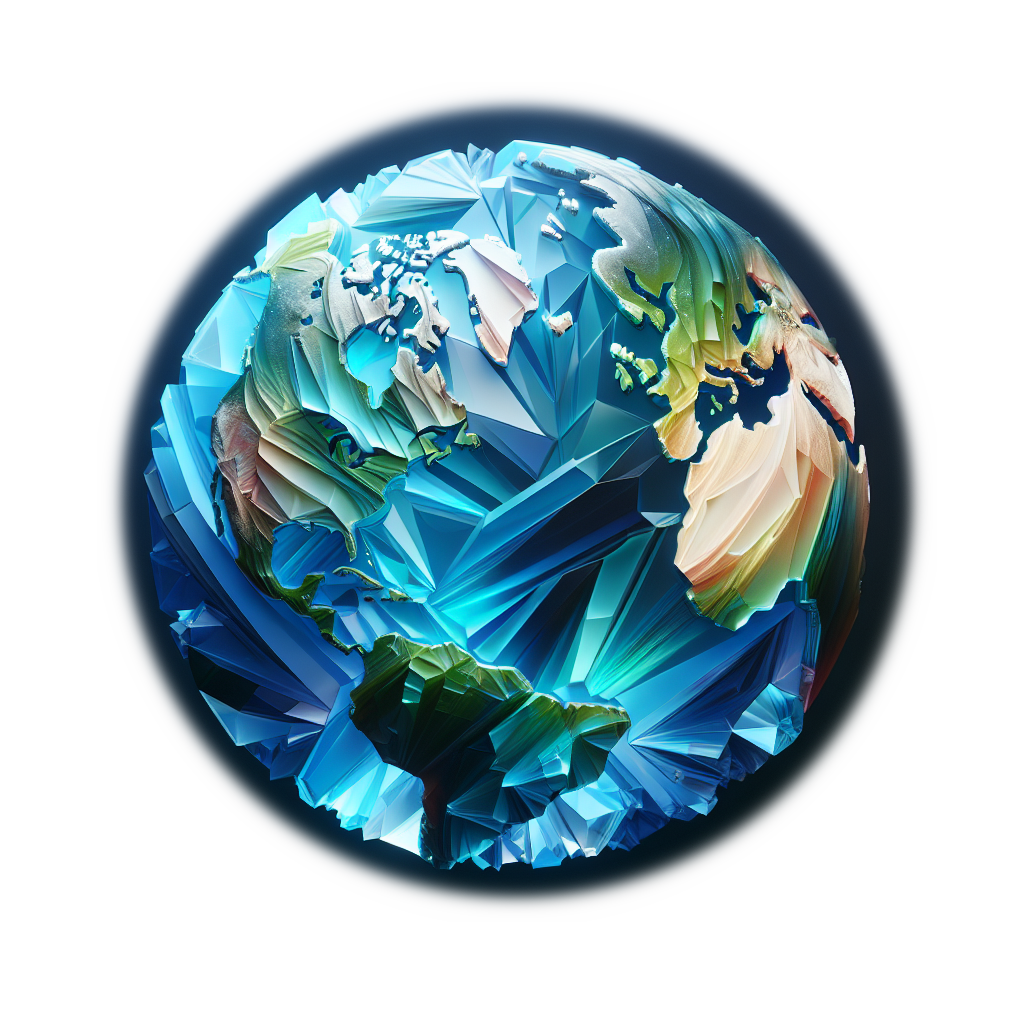This section explains some of the more specialized terminology used in the industry to describe mineral and crystal attributes, shapes, and features.
| Section | Description | View | | Crystal Habits & Growth Patterns | Crystal habit is a technical term which describes the actual shape of a crystal. Growth pattern describes how groups of these shapes form together. Some of the descriptive crystal habits and growth patterns include: | View Glossary |
| Mohs Hardness | Hardness is measured by the mohs scale. For each number, an example mineral is given. 1 is the softest (Talc) and 10 is the hardest mineral known to humans (Diamonds). Note that the scale is not linear, it is logarithmic. | View Glossary |
| Luster | Luster describes the surface appearrance of a mineral. This is one of the key diagnostic features of a mineral. | View Glossary |
| Optical Phenomena | Optical phenomena describe distinctive "plays of light" or "color changes" that occur at or near the surface of minerals, that can be described in distinctive terms. | View Glossary |
| Industry Terminology | These are some peculiar terms you might have heard from mineral dealers and collectors and thought huh? What are you talking about? | View Glossary |
| Classification | Some general classifications are used in the collection to differentiate specimens from various domains of science. | View Glossary |
| Adit | An open pit mine that is cut parallel with the earths surface. |
 | Attachment | The location on a crystal which is where it was attached to the host rock. In many cases, this is where the crystal was broken off during the collection of the specimen. |
| Blow Out | When an enhydro freezes, it can expand and cause a tony circular crater in the surface of a crystal. |
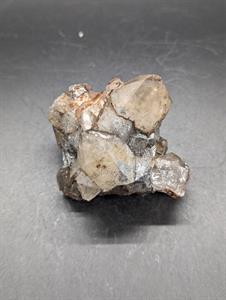 | Chatter | Slight damage to the edges of a euhedral crystal. May also be referred to in many colorful terms like nibbles, edge wear, grinding, etc. |
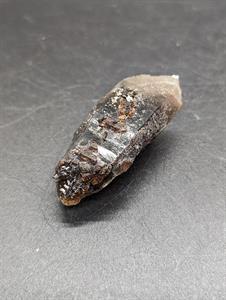 | Coating | When a different species of mineral "coats" the outer surface of another crystal. |
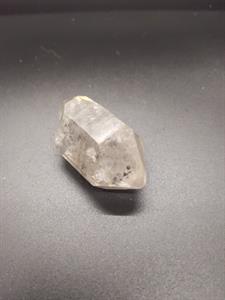 | Enhydro | Having a water or other liquid bubble trapped inside the mineral. |
| Epitaxial | A secondary growth or deposition of a mineral layer over a substrate, where the secondary growth displays a specific orientation or registry with respect to the substrate. The deposited crystalline layer may be referred to as an epitaxial film or layer. |
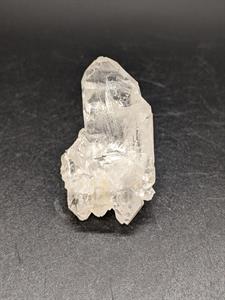 | Faden | An unusual line of sort of cloudiness that runs along an axis perpendicular to the crsytal growth on a tablar or stacked cystal, usually quartz. |
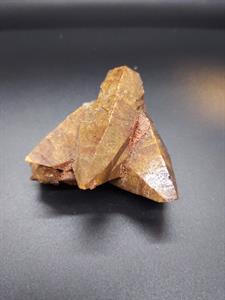 | Floater | A floater crystal is one with a very small attachment or no attachment visible; a crystal that formed completely, detached from the host matrix, and “floated” in the pocket. These are often doubly terminated eudhedral crystals which demonstrate exemplary crystal habit. |
| Gwindel | Pronounced Gvindel when a crystal (usually quartz) "twists" or "curves" in an unusual way along two parallel faces that would ordinarily be straight. |
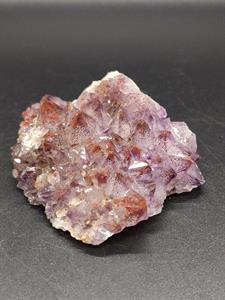 | Inclusion | When one (usually darker) mineral appears to have sort of gradient or dither inside another (more transparent) mineral. |
| Interrupted Growth | When the crystal growth in the pocket was interrupted by growing into another crystal or wall of the crystal chamber. |
 | Key | Refers to a shape that is cut out of the face of a sketetal crystal. |
 | Pegmatite | A pegmatite is an igneous rock type, with generally coarse texture, and large interlocking crystals. Most pegmatites are composed of silicic minerals like quartz, feldspar and mica, similar to the composition of granite. |
 | Phantoms | When a mineral has internal 3d shapes that imply that a second generation grew over the top of a first generation of the same mineral, leaving an 3d outline of the first generation. |
 | Pocket | Some minerals (fluorites especially) come from specifically named pockets which are a single contiguous chamber within a specific mine or adit. |
| Record Keeper | A subtle raised trigonal bas relief effect showing many overlapping well defined triangular shapes on the termination faces of some crystals. |
 | Skarn | Skarns are coarse-grain metamorphic rocks that form through a metamorphic process.. Skarns tend to be rich in Ca-Mg-Fe-Mn-Al silicate minerals or calc-silicates. |
 | Zoning | Similar to a phantom, this is an area that shows a distinctly different color than another part of the crystal. Some crystals like fluorite may have a center zone with a distinct outer zone, or others like tourmaline may have two or more color zones running perpendicular to the direction of the crystals growth. |
